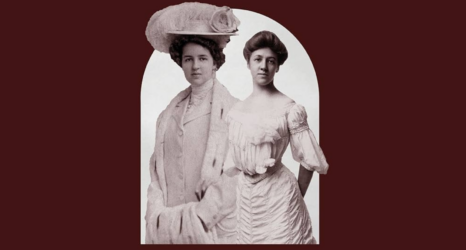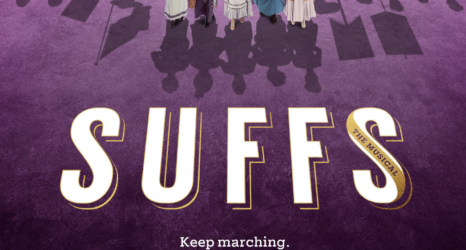March 6, 1913: Although today’s parade of 20 witnesses before a Senate subcommittee was far fewer than the more-than 5,000 suffragists who fought their way down Washington D.C.’s Pennsylvania Avenue three days ago, the respect and courtesy this smaller group received was infinitely greater.
Their eyewitness accounts of the March 3 suffrage parade were such a scathing indictment of police inefficiency, indifference, hostility and even abuse that Senator Jones, in charge of the hearings, indicated that no more testimony on the events of that day is needed, and the job of the committee will now be to fix responsibility for the disgraceful performance of the police.
Major Richard Sylvester, Chief of the District Police, spent the day sitting in the back of the hearing room taking notes in preparation for the grilling he’s certain to receive when it’s his turn to testify. Though the parade participants had expected some jeers from the crowd–and a certain degree of pushing and shoving can occur when thousands of marchers and half a million spectators compete for space–what the suffragists encountered went far beyond that.
The attitude of the police officers was best portrayed in an incident related by Australian suffragist Patricia Street. She saw a man spit a wad of tobacco squarely into the face of one woman marcher. When Street complained to an officer, he said “There would be nothing like this if you women would all stay at home.”
Not only did the police make no attempts to push back the crowd, but in at least one instance they interfered with those who tried to do so. Philip Elliott, one of the many Boy Scouts who did what all witnesses said was exemplary work that day, was brutally thrown to the ground by an officer while attempting to do crowd control.
When the crowds became so dense at 9th St. and Pennsylvania Ave. that one of the parade floats was unable to move, a nearby officer (one of only three on duty there) inexplicably arrested one of the float’s drivers instead of clearing a path. Julia Lathrop described the police as acting “like spectators.” Helena Hill Weed testified that though the jeers made by the crowd went well beyond the usual ribald jests and into the vilest obscenities, the police chatted amiably with those in the mob’s front ranks and even contributed a few insults of their own. Even attempts by some in the crowd to pull women off floats were ignored by the officers, with the women having to fight off the attackers themselves.
Outrage over the mishandling of parade security is not confined to the halls of Congress or suffrage groups. Even the staunchly anti-suffrage New York Times denounced the behavior of both spectators and police in an editorial yesterday. If the goal of the police and hecklers was to heap disrespect upon the marchers and their cause, they not only failed when the marchers showed great dignity, perseverance and restraint, but brought disgrace upon themselves and the entire anti-suffrage movement. The pageant’s successful completion was therefore a double triumph, and two steps forward toward the day when nationwide woman suffrage is an accomplished fact, and “Votes for Women” marches will no longer be necessary.
Photo of social reformer/women’s rights activist Julia Lathrop, who testified about the suffrage parade before the U.S. Senate, from Wikimedia Commons, public domain.





